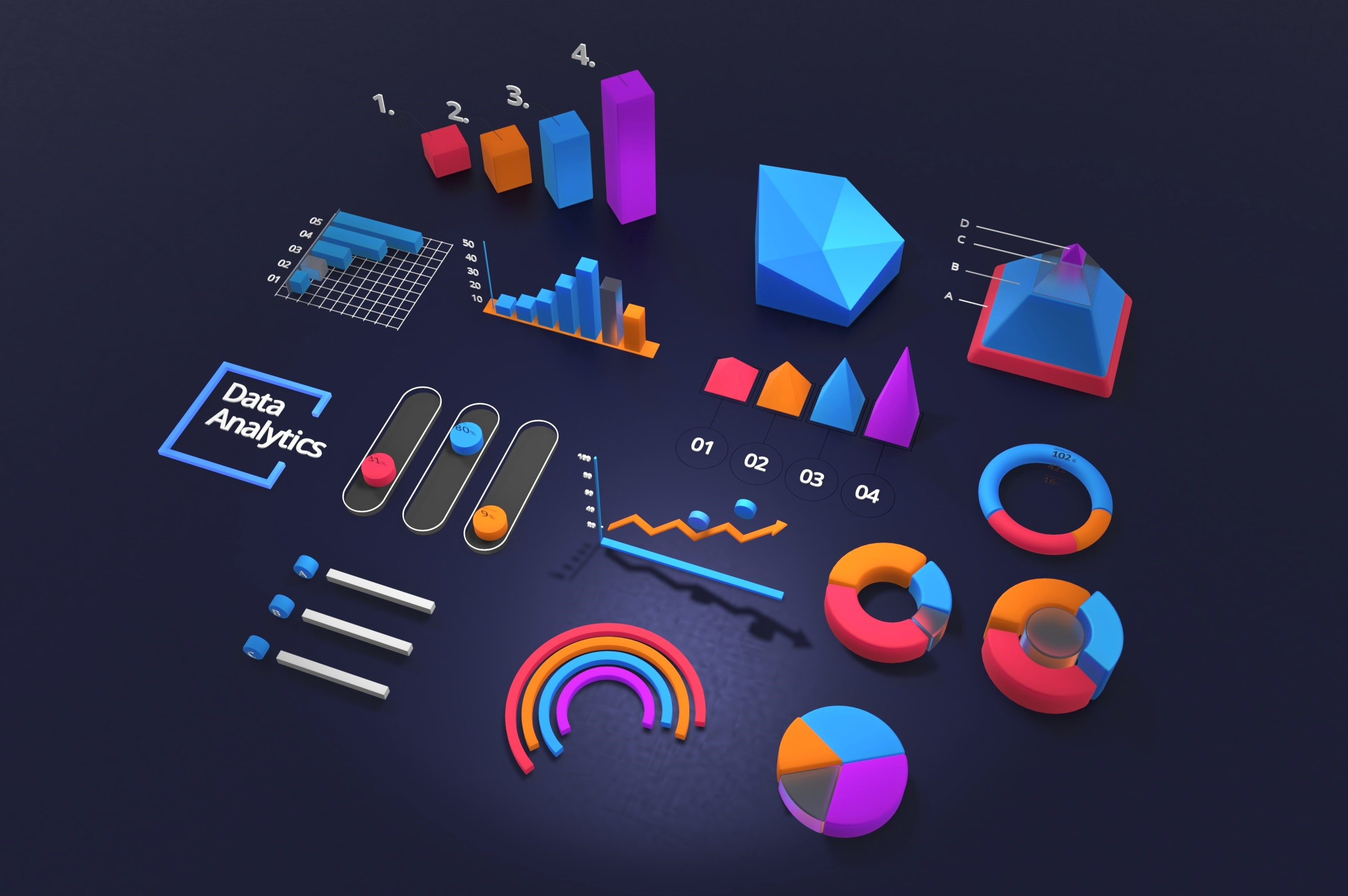Appearances are deceptive. Today's smart home is not based on shiny devices or a thicket of wires and interfaces, but on the gold of our time: data. But beware! Data is less like a rock-solid foundation than a shaky house of cards that can collapse at any time if handled incorrectly. To avoid the collapse and thus the loss of the decisive source of success of smart homes worldwide, one thing is needed first and foremost: knowledge. That's exactly why this blog post attempts to briefly and succinctly explain the purposes for which smart home companies process data and what it takes to be able to continue doing so.
Hello Data, my old friend
The sheer amount of data collected by the various applications in networked homes is almost impossible to keep track of. On the one hand, this is due to the wide range of devices, from floor lamps with brightness sensors to door intercoms with cameras to smart sockets, and their increasingly widespread use. On the other hand, it is due to the wide range of uses and services that this enables companies to provide. The industry association Bitkom described some of these uses in more detail in its guide "New added value in the smart home through data" published last year:
Immediate control
Data is needed to perform actions desired by users and thus to create defined modes, such as a specific room temperature. This does not include the storage of the collected data. Without data, basic services and functions cannot be offered.
Control improvement
Here, configuration data is used to implement advanced functions. For example, in addition to a single setpoint temperature to which the radiator adjusts based on the data measured by the thermostat, it is now possible to define multiple setpoint temperatures for different points in time.
Visualization of data
Once the data has been stored, it can be presented clearly in the control center or an app on a smartphone or tablet. In this way, companies give their customers the opportunity to analyze the data collected by their devices and adjust their behavior accordingly.
Control from outside
To enable their customers to control their devices while on the move, the generated data is stored in a cloud.
Comprehensive view in the cloud
By analyzing the data from several networked homes in the cloud, customers can compare their values with others. This can motivate users to save energy through gamification, for example.
Statistical purposes
The data processed in smart homes is not only used for services for users, but also for companies directly. By combining comprehensive smart home data with other information, for example on the living space or the people living in it, general statements can be made. These are usually of great relevance for the respective company or other external parties.
Data can also be used for marketing or promoting products, optimizing certain functions and services, or analyzing errors in connection with customer service.
Legitimacy ensures success
The purposes described above show how essential data is for the provision of a smart home application. In order to be able to continue to use this data in the long term, and thus to ensure the success of the company, data must only be collected and processed lawfully and based on data protection standards.
This means that a legal basis is required for processing. According to the General Data Protection Regulation, which has been applied throughout the EU since 2018, this can mean the following options:
There is consent from the users.
The processing is necessary for the performance of a contract or legal obligation
The processing is necessary for the protection of vital interests
Processing is necessary for the performance of a task carried out in the public interest
The processing is necessary for the purposes of the legitimate interests of the controller or a third party
The process of obtaining, enforcing and documenting consent is widely used in practice. However, there are also some things to keep in mind, such as avoiding dark patterns is one of them. In principle, consents must be given in a lawful and transparent manner, for specified, clear, and legitimate purposes, and must be appropriate for the purpose in question. Lawful consent further means that the data subject must give consent on a voluntary and informed basis and as an unambiguous expression of will. Finally, the consent must be written in understandable and easily accessible language and must be revocable at any time as easily as it was given.
Those who pay attention to legality not only guarantee the long-term use of data, but also avoid penalties and build trust with customers.
Contact
Partner & Sales Manager: Alexander Jürgens
E-Mail: office@apocrat.at
Mobile: +43 676 4025255

